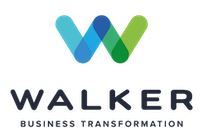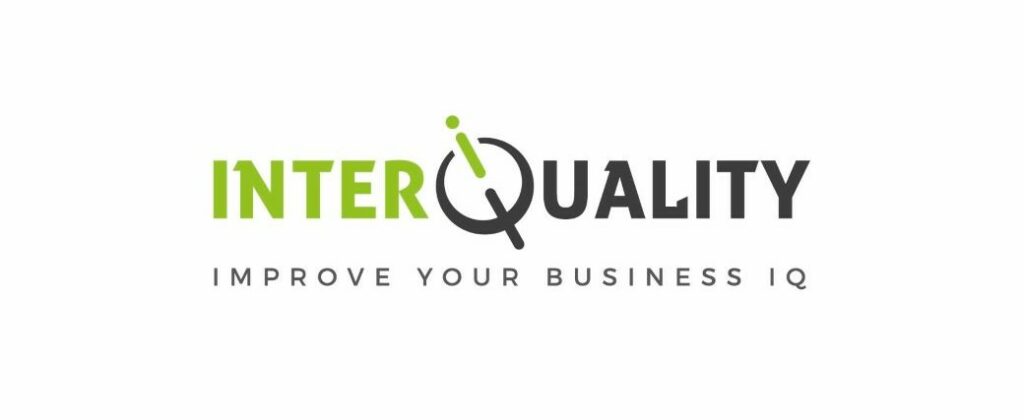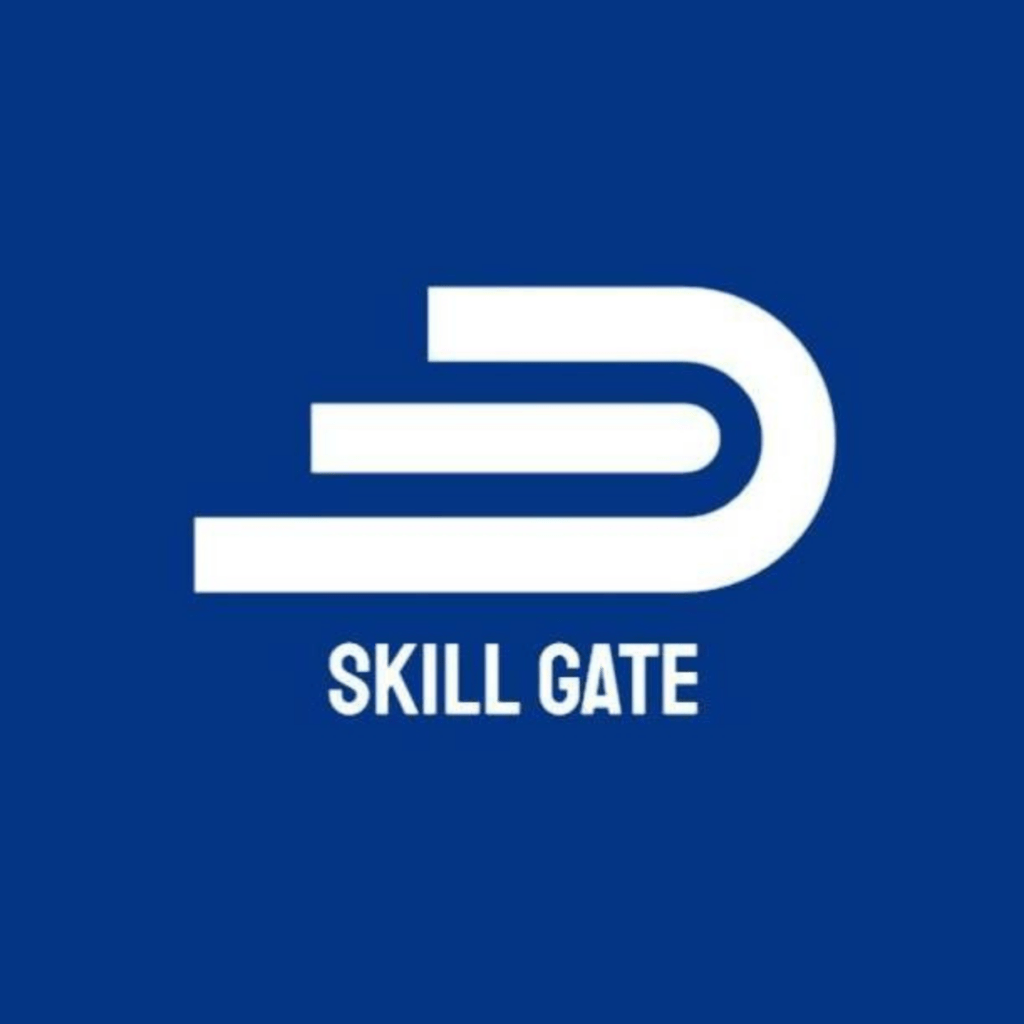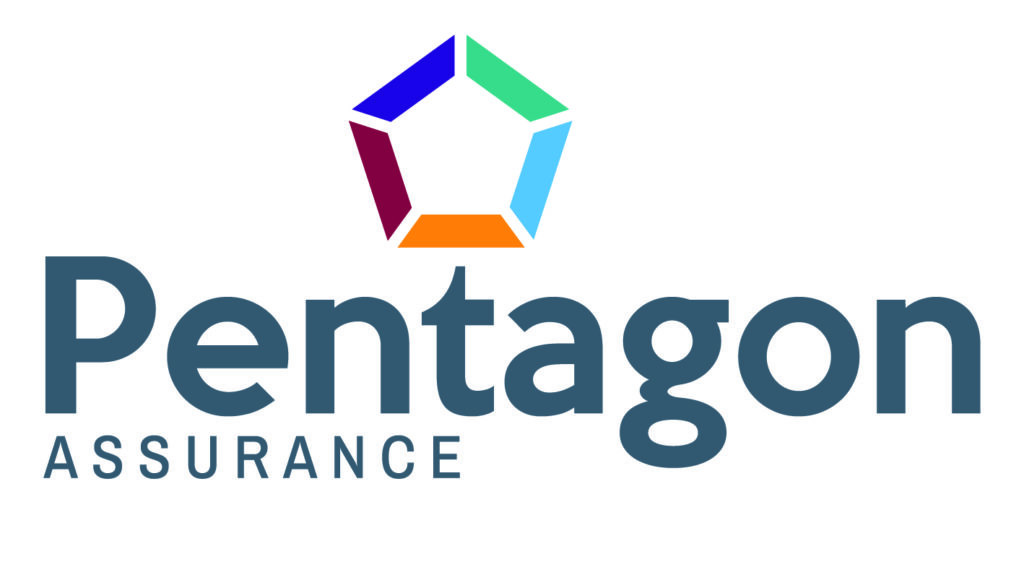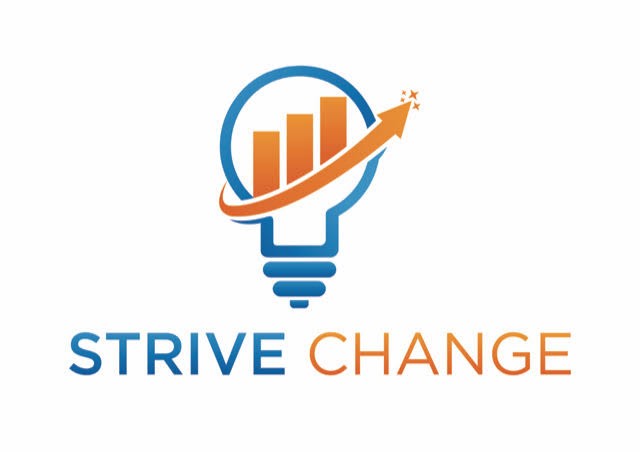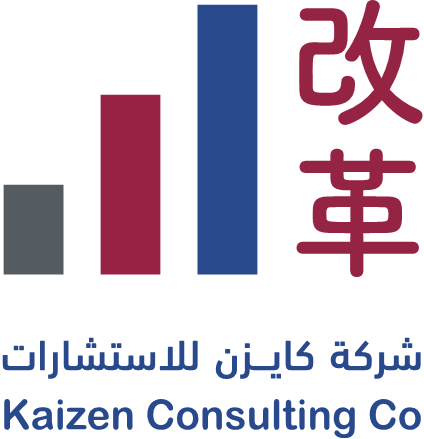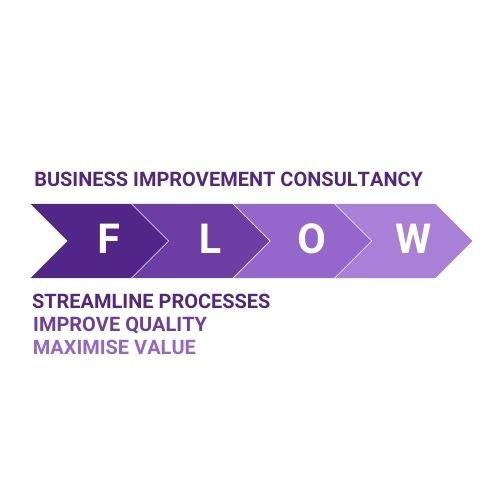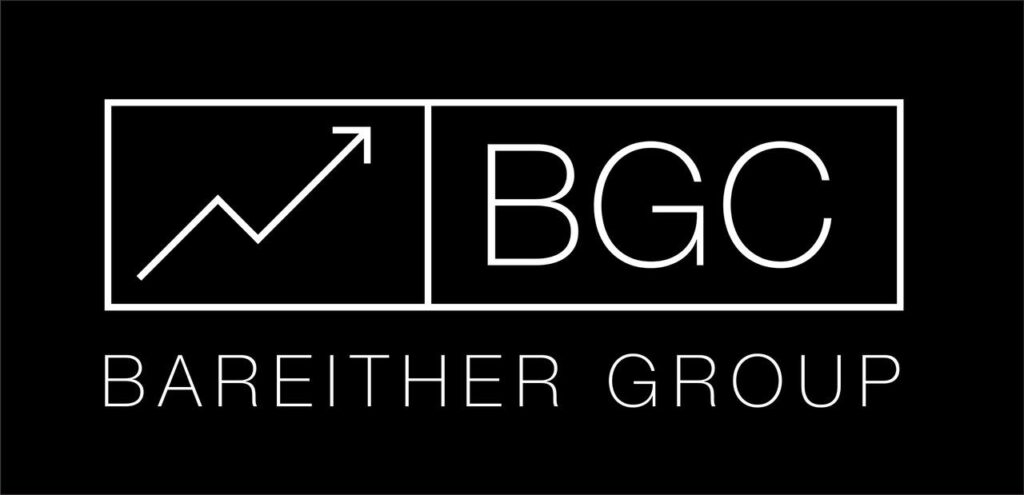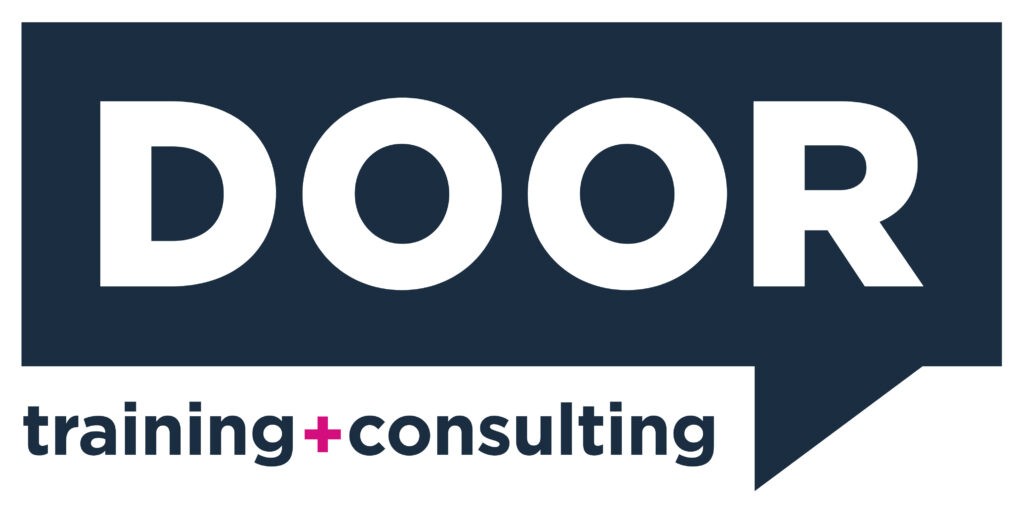How Can Artificial Intelligence and Lean Six Sigma Improve Your Business Together?
How can Artificial Intelligence use Six Sigma?
Artificial Intelligence (AI) and Lean Six Sigma (LSS) are two transformative methodologies that, when combined, can significantly enhance business performance.
AI leverages machine learning, automation, and predictive analytics to optimize decision-making, while Lean Six Sigma focuses on eliminating inefficiencies and improving quality. Together, they provide a data-driven approach to streamlining operations, reducing costs, and increasing profitability.
Businesses today face the dual challenge of staying competitive while managing resources effectively. AI can process vast amounts of data in real time, providing actionable insights that align with Lean Six Sigma principles.
Whether in manufacturing, finance, healthcare, or retail, integrating AI with Lean Six Sigma enables organizations to detect inefficiencies, identify trends, and implement corrective actions faster than ever before.
If you’re looking for a way to enhance productivity and profitability while minimizing risks, this guide will provide you with the steps needed to take action.
What Is Artificial Intelligence and Lean Six Sigma?
Artificial Intelligence (AI) is the simulation of human intelligence by machines, utilizing algorithms and data-driven models to automate decision-making and enhance efficiency. AI applications include machine learning, natural language processing, and robotic process automation (RPA), all of which help businesses optimize workflows, predict trends, and improve customer experiences.
On the other hand, Lean Six Sigma (LSS) is a structured problem-solving methodology that combines Lean principles—focused on eliminating waste—and Six Sigma techniques, which emphasize reducing variation and improving process quality. The goal of Lean Six Sigma is to streamline operations, enhance product and service quality, and drive continuous improvement.
When AI and Lean Six Sigma are used together, businesses gain an unparalleled advantage. AI can rapidly analyze massive datasets, detect inefficiencies, and provide insights, while Lean Six Sigma ensures these insights are applied effectively to optimize processes. This powerful combination is applicable across industries, from manufacturing and healthcare to finance and logistics.
Organizations that implement both AI and Lean Six Sigma can automate repetitive tasks, improve decision-making, and drive measurable improvements in operational efficiency. If you’re looking to future-proof your business, integrating these methodologies is a strategic move you can’t afford to overlook.
Benefits of Implementing AI and Lean Six Sigma Together in Business
Combining AI and Lean Six Sigma in business operations offers multiple advantages, primarily by driving efficiency and improving decision-making. AI can identify process inefficiencies, while Lean Six Sigma provides the structured framework needed to eliminate them systematically.
Key Benefits:
1. Data-Driven Problem-Solving: AI processes vast datasets to identify inefficiencies, while Lean Six Sigma ensures that data is used to implement practical improvements.
2. Automation of Repetitive Tasks: AI automates manual, error-prone tasks, freeing employees to focus on higher-value activities.
3. Predictive Analytics for Continuous Improvement: AI-powered predictive models allow businesses to anticipate bottlenecks before they become critical issues, aligning with Lean Six Sigma’s proactive problem-solving approach.
4. Enhanced Customer Experience: AI-driven sentiment analysis and Lean Six Sigma’s customer-focused improvements result in faster service, fewer errors, and increased customer satisfaction.
5. Cost Reduction and Increased ROI: AI identifies inefficiencies, and Lean Six Sigma provides the methodology to eliminate waste, reducing costs and maximizing profitability.
Businesses that successfully integrate AI and Lean Six Sigma gain a competitive edge, achieving higher efficiency, improved quality, and enhanced customer satisfaction. If you want to optimize your business operations, now is the time to take action.
Benefits of Using Data Analysis in Your Business
Data is the foundation of both AI and Lean Six Sigma. Without accurate and reliable data, process improvements will be ineffective. AI enables businesses to analyze large datasets, uncover trends, and make informed decisions, while Lean Six Sigma ensures these insights are implemented effectively.
How Data Analysis Improves Business Performance:
• Identifying Bottlenecks: AI-powered analytics can pinpoint inefficiencies that slow down operations.
• Enhancing Accuracy: AI eliminates human error by analyzing data with precision, while Lean Six Sigma ensures continuous quality control.
• Optimizing Resource Allocation: AI-driven insights help businesses allocate resources more effectively, reducing waste and costs.
• Measuring Performance in Real-Time: Businesses can track key performance indicators (KPIs) and adjust strategies accordingly.
To make AI and Lean Six Sigma work for your business, you must ensure that your data is clean, structured, and actionable. Investing in advanced data analysis tools and Lean Six Sigma training can help you unlock new opportunities for efficiency and profitability.
How to Identify Business Gaps
One of the first steps in process improvement is identifying gaps that hinder performance. AI and Lean Six Sigma provide complementary approaches to pinpointing and resolving these issues.
Steps to Identify Business Gaps:
1. Leverage AI for Data Insights: AI can detect inefficiencies, process delays, and customer pain points in real-time.
2. Conduct a Value Stream Mapping Exercise: Lean Six Sigma techniques such as process mapping help visualize inefficiencies and waste.
3. Use Predictive Analytics: AI-powered forecasting models can highlight potential risks and areas needing improvement.
4. Collect Employee and Customer Feedback: AI-driven sentiment analysis can reveal common concerns and service gaps.
5. Apply Root Cause Analysis: Lean Six Sigma’s structured problem-solving methods, such as the 5 Whys and Fishbone Diagram, help identify underlying causes of inefficiencies.
By systematically identifying business gaps, organizations can make data-driven decisions that lead to sustainable improvements. AI and Lean Six Sigma together provide a powerful framework for closing performance gaps and enhancing operational efficiency.
Integrating AI and Lean Six Sigma is one of the most effective ways to improve efficiency, reduce costs, and enhance business performance. AI-driven automation and data analysis provide deep insights, while Lean Six Sigma ensures that these insights lead to tangible improvements.
To successfully implement AI and Lean Six Sigma in your business:
• Start with Clean Data: Ensure that your AI systems are trained on accurate, unbiased data.
• Invest in Employee Training: Equip your team with Lean Six Sigma certifications to ensure effective problem-solving.
• Use AI to Automate Routine Tasks: Reduce manual effort and focus on strategic improvements.
• Apply Lean Six Sigma for Sustainable Change: Implement continuous process improvements to drive long-term success.
If you’re serious about optimizing your business operations, now is the time to act. Get in touch with our team to learn how AI and Lean Six Sigma can transform your business and give you a competitive edge.


























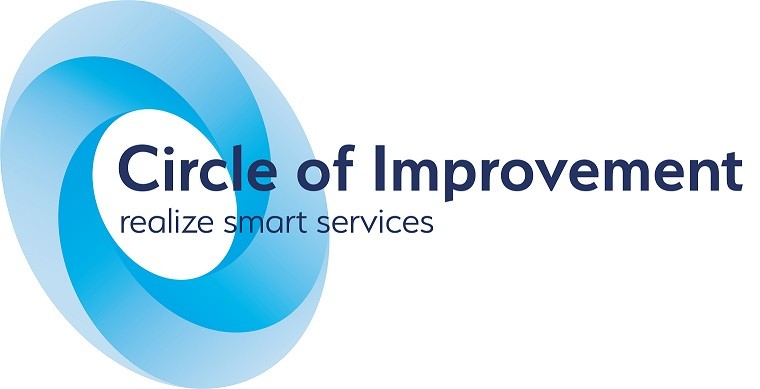



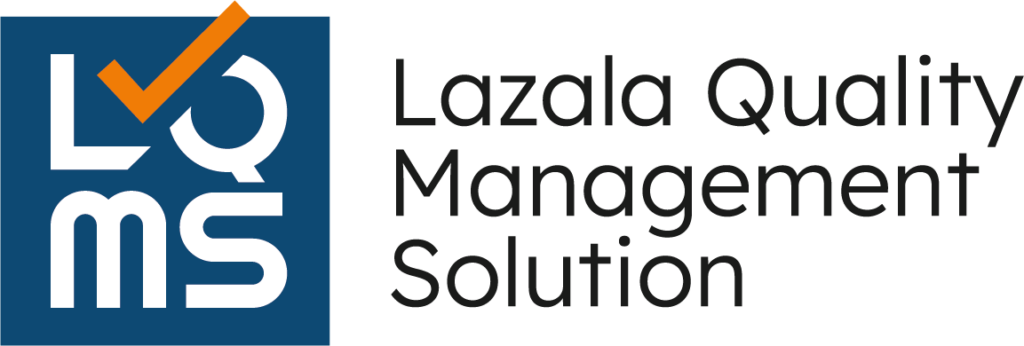


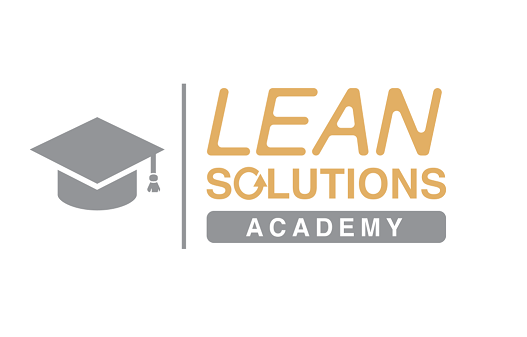





![UCOURSE.ORG [UCOURSE Academy] was established in Hong Kong in 2019 (company name: UCOURSE LTD), dedicated to providing high-quality online courses and courses for Chinese people in China, Hong Kong, and even all over the world. UCOURSE.ORG 【优思学院】于2019年成立于香港(公司名称:优思学院有限公司 / UCOURSE LTD),致力于为中国、香港、以至身处于全球各地的中国人提供优质的线上课程和考试认证,促进全国的人材培育、个人的职业发展,让学员在事业上事半功倍,同时助力国家的未来的急促发展。](https://ilssi.org/wp-content/uploads/2021/02/ucourse-logo-250.png)



